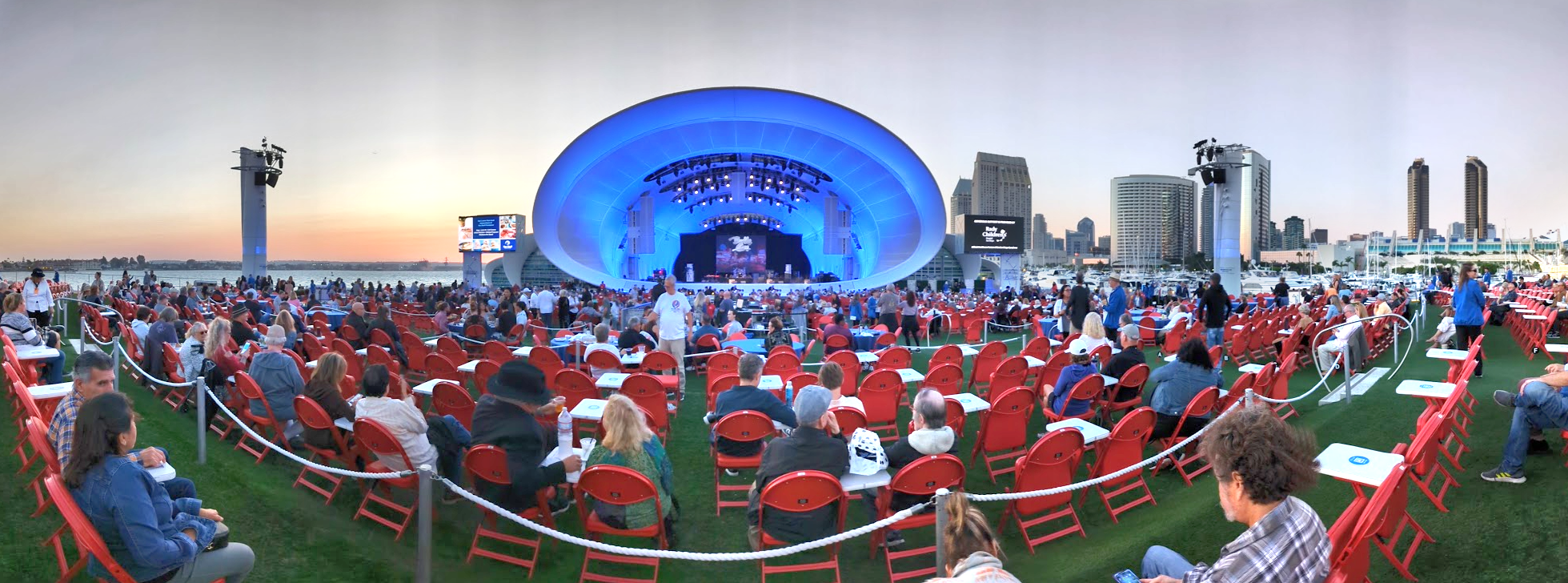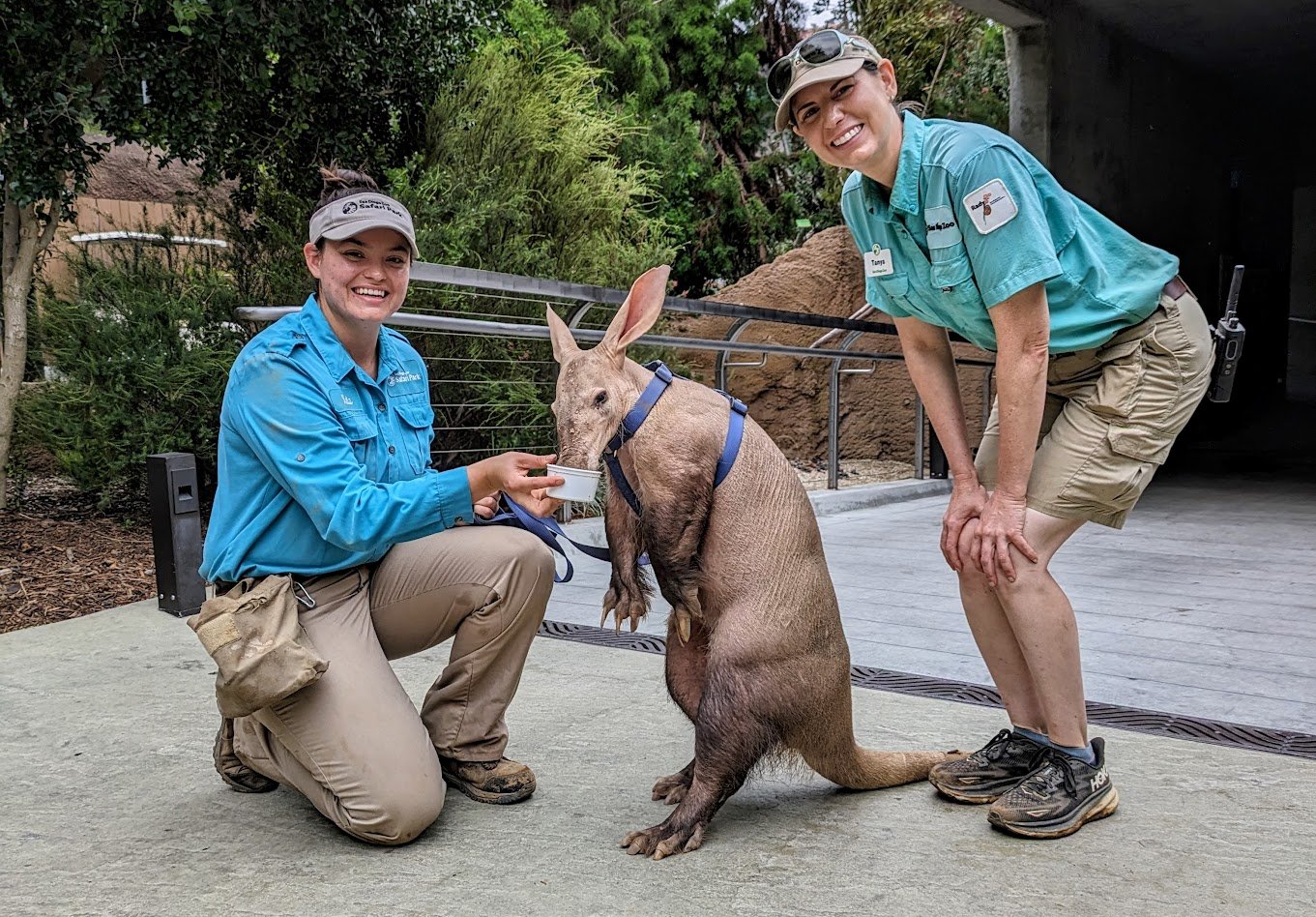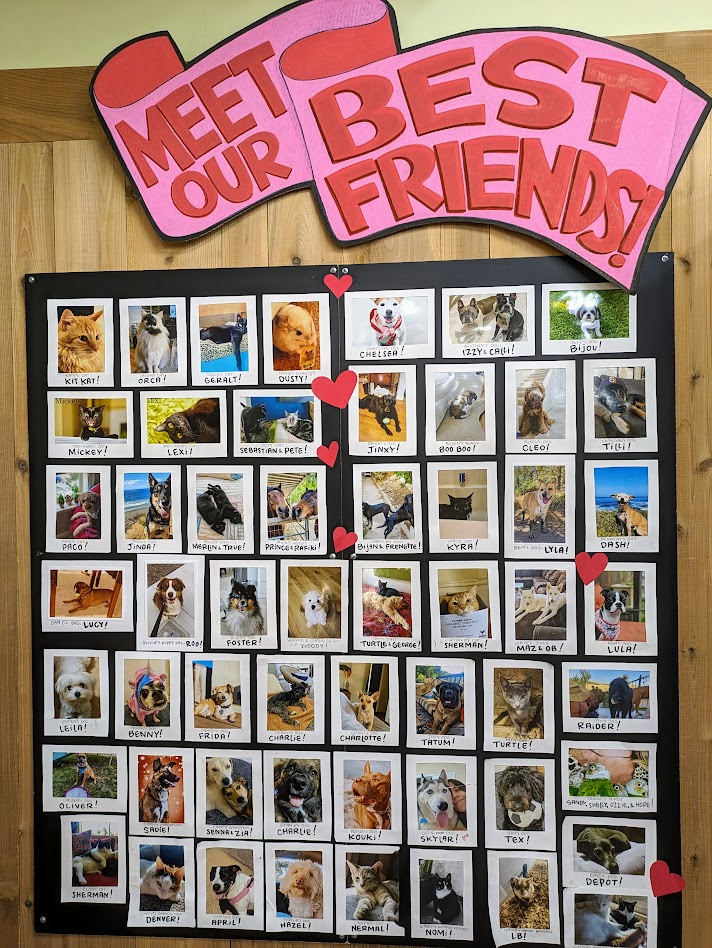I've been thinking lately about the rats in San Diego, with respect to the arrival of the green bins. I joke with my friends that the green organic recycle bins are part of the city's "rat proliferation program." There is really nothing funny about it. Right now, the green bins are new, the lids tight, and the rats (that are already in the local environment) can only stare longingly at the unattainable meal tickets up in the green delicatessen. But — give it a few years, and the green bins, like every big plastic bin, will crack, be damaged by the trucks, lose a lid, and generally become a rat smorgasbord. Perhaps my rat proliferation program will come to full flower after all... .
• • • From the New York Times, 27Aug2023, on their rat problems:
Mayor Eric Adams of New York, who often uses public appearances to reiterate that he “hates” rats, hired a rat czar this year dedicated to exterminating them. As rat hater in chief, Mr. Adams has continued the long “war on rats” that New York City mayors have waged for decades, with limited success.
I’m an urban ecologist who’s studied New York City rats for 12 years, and I can say that the way the city and its residents have tried to exterminate rats, through traps and poisons, has been both ineffective and unnecessarily brutal. The black poison-bait boxes that have become a part of the urban scenery are a constant reminder that our forever war has long favored technological approaches to killing rats over population management solutions that might actually work.
The real enemy is not the rats, but our own behavior.
The first rats that climbed down from ships as Europeans arrived in New York Harbor thrived because there was plenty to eat on the filthy streets of the new colony. Today’s New York still has filthy streets, plus population density and aging infrastructure, making it a perfect home for its rats. The core strategy for managing these animals must be disrupting that perfect home by limiting their access to human food and buildings. Mr. Adams and Kathleen Corradi, his new rat czar, deserve credit for beginning to pursue this strategy, but it will take every New Yorker’s help to succeed.
City agencies have heavily relied on using rat poison; in 2021 alone, they applied over 60,000 pounds of rodenticide poisons. From 2015 to 2021, they doubled their use of anticoagulants that kill rats by slowly causing internal bleeding. The mass deployment of poison across our streets can hurt predators up the food chain as well. It takes only one unsecured bait box to poison a curious family dog.
New York City’s government has accompanied its arsenal of poisons with other macabre methods of rat extermination. Glue traps slowly suffocate their victims and classic snap traps crush their necks, sometimes without killing them immediately. While Mr. Adams was Brooklyn borough president, he showcased a bucket trap that drowns captured rats in a proprietary solution meant to preserve several rotting carcasses at once, producing a “mouse-gray stew.”
Trapping and poisoning are simply no match for the biology and math of rat reproduction. It takes only a small number of survivors or migrants to replenish a population. Female rats become sexually mature in around six weeks, and in good conditions on the street, each female can give birth to two or three dozen pups a year. Each rat then lives for about a year. Scientists have developed and tried birth control baits, but they have been both too expensive and ineffective in real-world conditions.
We also don’t have the data to prove that poisons and traps meaningfully reduce rat populations. The city government systematically monitors population sizes and disease threats from mosquitoes, but it does not have a similar rat program. Such data are crucial to understanding whether management efforts are succeeding beyond annual or seasonal fluctuations in rat populations, but few cities systematically collect such data. Complaints to the city’s 3-1-1 service phone line are often used as a proxy for changes in rat numbers, but these figures are highly imprecise because they depend on neighborhood norms and self-reported data. If you’re seeing rats every day, are you going to keep calling 3-1-1?
Given these failures, should we even bother trying to contain New York’s rat population? Beyond carrying disease and chewing through buildings and vehicles, the spread of rats around a city reflects racial and socioeconomic inequality, with rats thriving in poorer neighborhoods with older buildings. Their presence degrades the local quality of life as rat infestations exacerbate mental health problems among residents.
In my lab’s research, we found that rats have their own genetic “neighborhoods” that loosely map onto human ones. Rats usually stay close to their birth place, often traveling a few city blocks at most. In Midtown Manhattan, better trash pickup through business improvement districts has created rat food deserts, so fewer rats live there. We should prioritize strategies that target the way rats live in the city over responding in a scattershot manner to complaints.
Ms. Corradi, who was hired in part for her “general aura of badassery,” has already pushed the city’s rat management policy in the right direction. She has experience implementing policies that reduce food waste in New York City schools. The Sanitation Department commissioner, Jessica Tisch — who famously declared that “the rats don’t run this city. We do.” — shares Ms. Corradi’s zeal. Together, they are working to mandate more secure garbage containers, enhance trash pickups in targeted neighborhoods and remove food from the normal waste system through compulsory municipal composting.
However, government programs and other top-down initiatives can do only so much. Piling plastic bags on the street will always work against our efforts to manage rats.
For rats to go away, everyone in the city — plus our restaurants, schools, grocers — must be willing to address the fundamental issue of food waste. New Yorkers waste roughly 6.5 million pounds every day, which amounts to as much as a pound per person. To really have fewer rats, New York norms of takeout and eating outside would have to change. An adult rat can be healthy and reproducing with just an ounce of food gleaned daily from greasy wrappers, napkins or food containers. But better trash collection can go a long way, because underfed female rats will simply have fewer offspring.
New York will continue to have an uphill battle in managing its rat populations. Climate change has turned the city into a humid subtropical zone, allowing rats to breed for longer periods every year and to grow as a threat to our health and quality of life. New York’s infrastructure will continue to deteriorate, creating the tiny spaces rats use as nesting sites and travel corridors. Ending the forever war on rats will be long and challenging, but we must start by focusing on our behavior, not theirs.
• • •














Graduated high school in 1975. BTW my niece has a Camden and a Corbin. My daughter is named Chelsea.